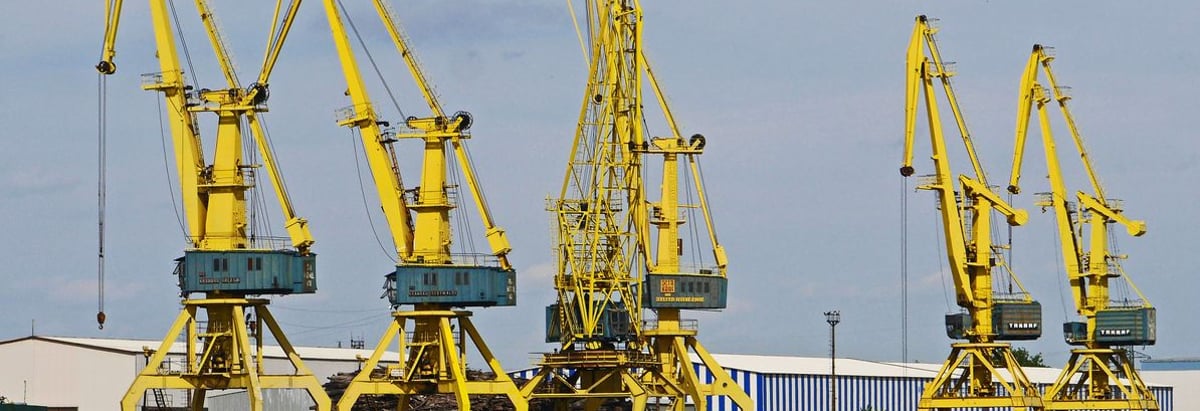- United Kingdom
- /
- Energy Services
- /
- LSE:PFC
Petrofac Limited (LON:PFC) surges 11%; retail investors who own 60% shares profited along with institutions

Key Insights
- Petrofac's significant retail investors ownership suggests that the key decisions are influenced by shareholders from the larger public
- 49% of the business is held by the top 25 shareholders
- Insider ownership in Petrofac is 17%
To get a sense of who is truly in control of Petrofac Limited (LON:PFC), it is important to understand the ownership structure of the business. The group holding the most number of shares in the company, around 60% to be precise, is retail investors. Put another way, the group faces the maximum upside potential (or downside risk).
Retail investors gained the most after market cap touched UK£92m last week, while institutions who own 23% also benefitted.
Let's take a closer look to see what the different types of shareholders can tell us about Petrofac.
See our latest analysis for Petrofac

What Does The Institutional Ownership Tell Us About Petrofac?
Institutions typically measure themselves against a benchmark when reporting to their own investors, so they often become more enthusiastic about a stock once it's included in a major index. We would expect most companies to have some institutions on the register, especially if they are growing.
Petrofac already has institutions on the share registry. Indeed, they own a respectable stake in the company. This suggests some credibility amongst professional investors. But we can't rely on that fact alone since institutions make bad investments sometimes, just like everyone does. It is not uncommon to see a big share price drop if two large institutional investors try to sell out of a stock at the same time. So it is worth checking the past earnings trajectory of Petrofac, (below). Of course, keep in mind that there are other factors to consider, too.

Petrofac is not owned by hedge funds. Ayman Asfari is currently the company's largest shareholder with 16% of shares outstanding. With 15% and 9.4% of the shares outstanding respectively, azValor Asset Management SGIIC, S.A.U. and Schroder Investment Management Limited are the second and third largest shareholders.
Our studies suggest that the top 25 shareholders collectively control less than half of the company's shares, meaning that the company's shares are widely disseminated and there is no dominant shareholder.
While it makes sense to study institutional ownership data for a company, it also makes sense to study analyst sentiments to know which way the wind is blowing. There are a reasonable number of analysts covering the stock, so it might be useful to find out their aggregate view on the future.
Insider Ownership Of Petrofac
While the precise definition of an insider can be subjective, almost everyone considers board members to be insiders. Management ultimately answers to the board. However, it is not uncommon for managers to be executive board members, especially if they are a founder or the CEO.
Insider ownership is positive when it signals leadership are thinking like the true owners of the company. However, high insider ownership can also give immense power to a small group within the company. This can be negative in some circumstances.
Our information suggests that insiders maintain a significant holding in Petrofac Limited. It has a market capitalization of just UK£92m, and insiders have UK£15m worth of shares in their own names. It is great to see insiders so invested in the business. It might be worth checking if those insiders have been buying recently.
General Public Ownership
The general public, who are usually individual investors, hold a substantial 60% stake in Petrofac, suggesting it is a fairly popular stock. With this amount of ownership, retail investors can collectively play a role in decisions that affect shareholder returns, such as dividend policies and the appointment of directors. They can also exercise the power to vote on acquisitions or mergers that may not improve profitability.
Next Steps:
While it is well worth considering the different groups that own a company, there are other factors that are even more important. For instance, we've identified 2 warning signs for Petrofac that you should be aware of.
Ultimately the future is most important. You can access this free report on analyst forecasts for the company.
NB: Figures in this article are calculated using data from the last twelve months, which refer to the 12-month period ending on the last date of the month the financial statement is dated. This may not be consistent with full year annual report figures.
New: Manage All Your Stock Portfolios in One Place
We've created the ultimate portfolio companion for stock investors, and it's free.
• Connect an unlimited number of Portfolios and see your total in one currency
• Be alerted to new Warning Signs or Risks via email or mobile
• Track the Fair Value of your stocks
Have feedback on this article? Concerned about the content? Get in touch with us directly. Alternatively, email editorial-team (at) simplywallst.com.
This article by Simply Wall St is general in nature. We provide commentary based on historical data and analyst forecasts only using an unbiased methodology and our articles are not intended to be financial advice. It does not constitute a recommendation to buy or sell any stock, and does not take account of your objectives, or your financial situation. We aim to bring you long-term focused analysis driven by fundamental data. Note that our analysis may not factor in the latest price-sensitive company announcements or qualitative material. Simply Wall St has no position in any stocks mentioned.
About LSE:PFC
Petrofac
Designs, builds, manages, maintains, and decommissions infrastructure for the energy industries in the United Kingdom, Algeria, Lithuania, Malaysia, the United States, Thailand, Oman, Australia, Bahrain, Kuwait, Iraq, Libya, India, the United Arab Emirates, the Netherlands, Ivory Coast, and internationally.
Undervalued with high growth potential.
Similar Companies
Market Insights
Community Narratives



